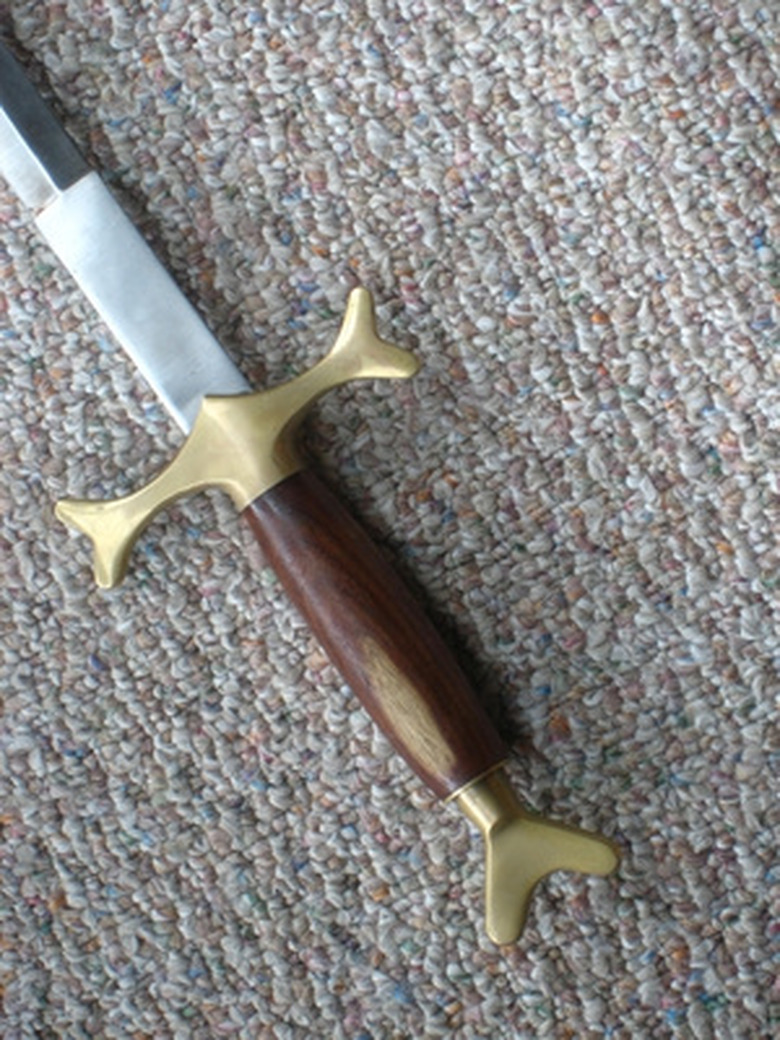Properties Of Forged Steel
Forging steel is a metal-working process which involves the use of hammering or pressing techniques to alter the steel's shape, followed by heat treatment. This method produces in the steel a number of properties which distinguish it from other treatments of this metal, for example casting, where liquid metal is poured into a mold and then left to solidify.
Strong and Durable
Strong and Durable
Steel forgings have a generally higher strength and are typically tougher than steel processed in other fashions. The steel is less likely to shatter on contact with other objects for example, making forged steel highly suitable for items such as swords. This increased strength and durability is a result of the way in which the steel is forced into shape — by pressing or by hammering — during the forging process. The steel's grain is stretched by this process, and ends up aligned in one direction, as opposed to being random. Following the pressing or hammering, the forging is cooled in water or oil. By the end of the process, the steel is stronger than it would have been had it been cast, for example.
Anisotropic
Anisotropic
A steel forging's strength isn't consistent all the way through; instead, steel forgings are anisotropic, which means when the metal is worked on and deformation occurs, the steel's strength is greatest in the direction of the resulting grain flow. This results in steel forgings which are strongest along their longitudinal axis, while in other directions, the forging will be weaker. This differs from steel castings, which are isotropic and therefore have almost identical properties in all directions.
Consistency Between Forgings
Consistency Between Forgings
Since the process of forging is controlled and deliberate, with each forging undergoing the same steps, it's typically possible to ensure a consistent material over the course of many different forgings. This is in contrast to cast steel, which is more random in nature due to the processes used.
Limit On Size
Limit On Size
During the forging process, it's more difficult to shape the metal, since forging occurs while the steel is still solid, unlike in casting where the metal has been reduced to its liquid form as part of the process. Since the metallurgist working with the steel will have more difficulty altering the metal's shape, there's a limit on the size and the thickness of the steel which can be successfully forged. The larger the metal section being worked on, the harder it is to forge.
Cite This Article
MLA
Fuller, Simon. "Properties Of Forged Steel" sciencing.com, https://www.sciencing.com/properties-forged-steel-7618657/. 24 April 2017.
APA
Fuller, Simon. (2017, April 24). Properties Of Forged Steel. sciencing.com. Retrieved from https://www.sciencing.com/properties-forged-steel-7618657/
Chicago
Fuller, Simon. Properties Of Forged Steel last modified March 24, 2022. https://www.sciencing.com/properties-forged-steel-7618657/
